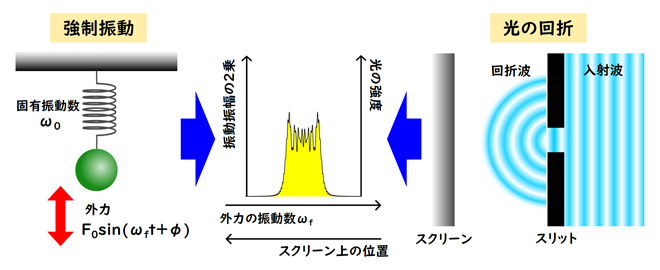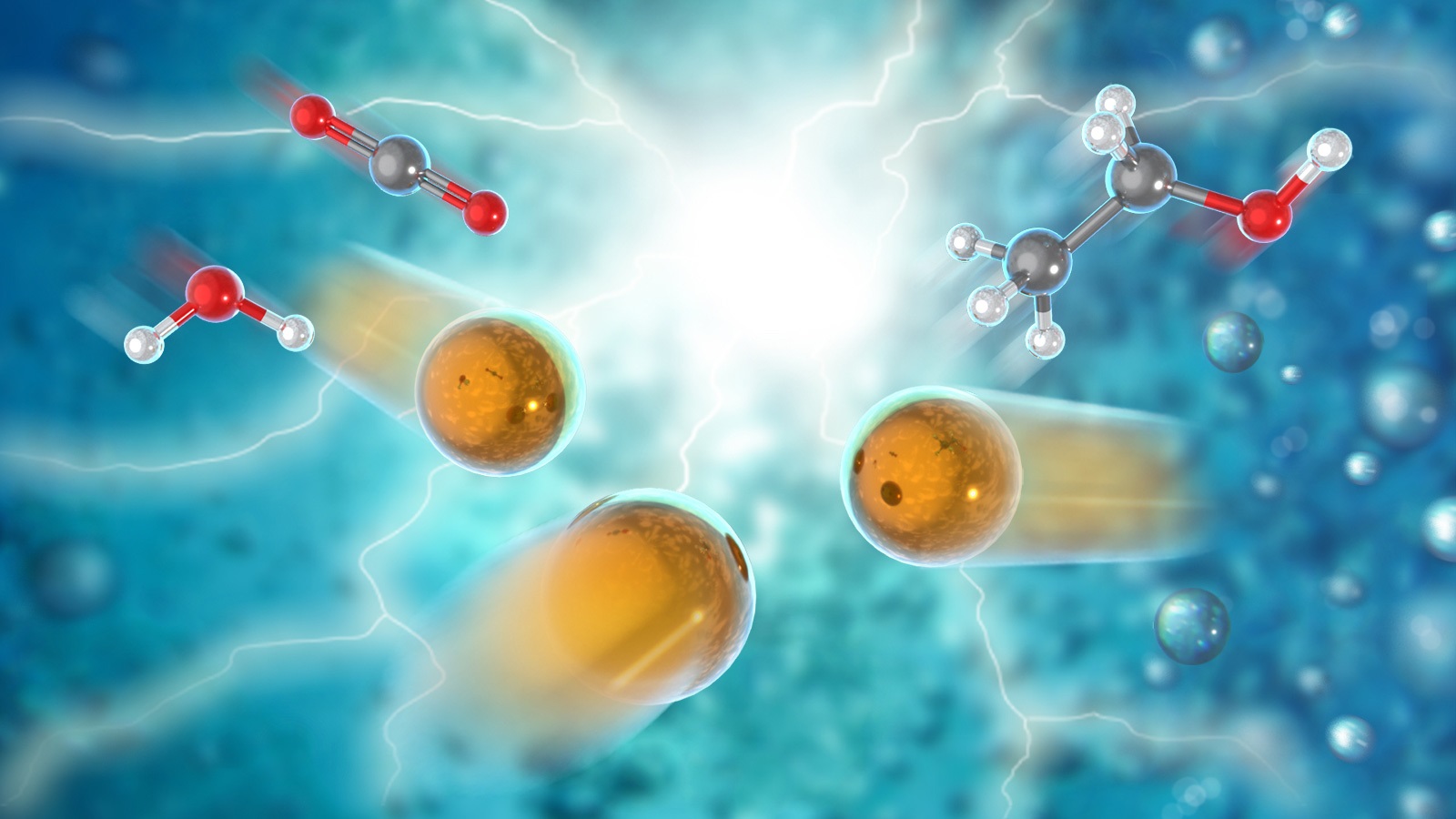(Scientists develop new material for longer-lasting fuel cells)
2020/7/23 英国・ロンドン大学・クィーンメアリー(QMUL)
・ QMUL が、高品質のグラフェンをベースとした燃料電池の電極触媒を開発。
・ 触媒作用により水素と酸素を結合して化学エネルギーを電気エネルギーに変換し、副生物として水を排出する燃料電池は、効率的で環境に優しい電源だが、高コストの白金触媒が普及を阻む要因となっている。
・ 市販されている触媒では、安価な炭素担体に白金のナノ粒子を担持させることでこの課題に対処しているが、耐久性に乏しいため燃料電池の寿命を大幅に短縮させている。
・ 過去の研究により、耐腐食性、高表面積で高導電性によりグラフェンが燃料電池電極の担体として理想的であることがわかっていたが、これまでの研究で使用したグラフェンでは欠陥を多く含み、耐久性に課題があった。・ 今回、一般的に使用される無定形性炭素に代わり、グラフェンを担体材料に利用することで耐久性が極めて高い触媒を作製。
・ ワンポット合成プロセスで白金ナノ粒子を蒸着した高品質グラフェンを作製。同プロセスは大量製造にスケールアップできるため、広範囲にわたるエネルギーアプリケーションでのグラフェンベース触媒の利用可能性が期待できる。
・ 米国エネルギー省(DOE)が推奨する加速ストレス試験(標準的な作動条件と燃料電池の起動と停止時の高電圧の両方をシミュレート)を通じ、同グラフェンベース触媒の耐久性を調査した結果、市販の触媒に比べ同一試験期間において活性損失が約 30%低いことを確認。
・ 同グラフェンベース触媒は、両試験において商業化に重要な長期間の高い耐久性を提示。商用技術への同新触媒の導入とより長寿命の燃料電池の実現を見込む。
URL: https://www.qmul.ac.uk/media/news/2020/se/scientists-develop-new-material-for-longerlasting-fuel-cells.html
<NEDO海外技術情報より>
(関連情報)
Nanoscale 掲載論文(フルテキスト)
Realising the electrochemical stability of graphene: scalable synthesis of an ultra-durable platinum
catalyst for the oxygen reduction reaction
URL: https://pubs.rsc.org/en/content/articlelanding/2020/nr/d0nr03326j#!divAbstract
Abstract
Creating effective and stable catalyst nanoparticle-coated electrodes that can withstand extensive cycling is a current roadblock in realising the potential of polymer electrolyte membrane fuel cells. Graphene has been proposed as an ideal electrode support material due to its corrosion resistance, high surface area and high conductivity. However, to date, graphene-based electrodes suffer from high defect concentrations and non-uniform nanoparticle coverage that negatively affects performance; moreover, production methods are difficult to scale. Herein we describe a scalable synthesis for Pt nanoparticle-coated graphene whereby PtCl2 is reduced directly by negatively charged single layer graphene sheets in solution. The resultant nanoparticles are of optimal dimensions and can be uniformly dispersed, yielding high catalytic activity, remarkable stability, and showing a much smaller decrease in electrochemical surface area compared with an optimised commercial catalyst over 30 000 cycles. The stability is rationalised by identical location TEM which shows minimal nanoparticle agglomeration and no nanoparticle detachment.




